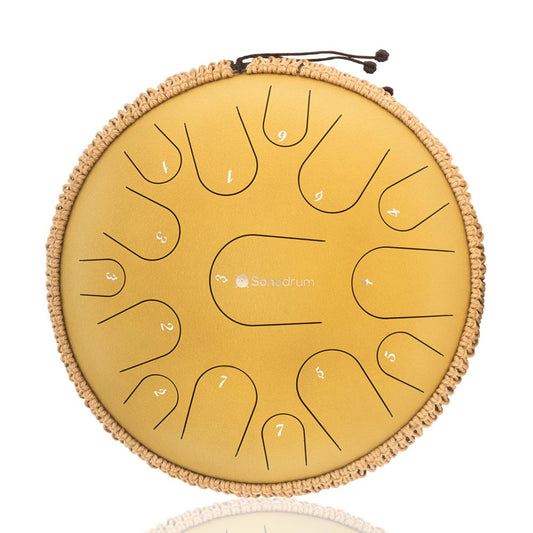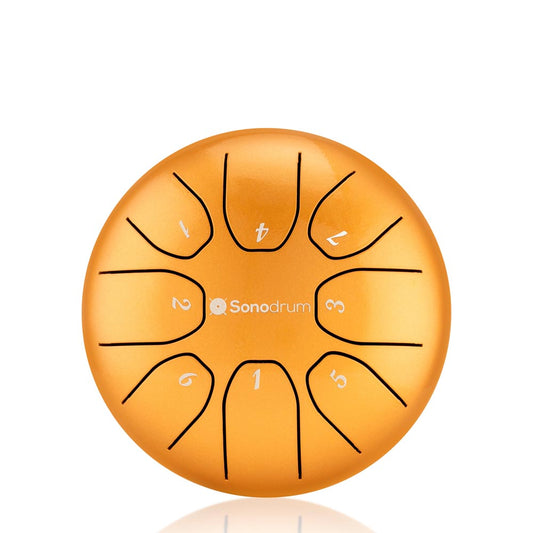Composing music for the tongue drum offers a unique opportunity for musicians to explore new horizons of creativity and expression. Whether you're a seasoned composer or a novice musician, the process of crafting melodies, harmonies, and rhythms for this captivating instrument can be both rewarding and fulfilling. In this article, we'll share practical advice and strategies to help you unlock your creativity and compose music that resonates with audiences around the world.
Melody:
When composing for the tongue drum, melody is key to capturing the listener's attention and conveying emotion. Experiment with different scales and intervals to create melodies that are both captivating and memorable. Consider the natural resonance and timbre of the tongue drum when crafting your melodies, and explore techniques such as arpeggios, trills, and glissandos to add depth and texture to your compositions. Don't be afraid to think outside the box and push the boundaries of traditional melody writing – the tongue drum is a versatile instrument that can accommodate a wide range of musical styles and genres.
Harmony:
Harmony plays a crucial role in shaping the mood and atmosphere of your compositions. Experiment with chord progressions, voicings, and harmonic textures to create rich and immersive soundscapes that complement your melodies. Consider using open tunings and modal scales to explore unique harmonic possibilities, and don't be afraid to experiment with dissonance and tension to add depth and complexity to your compositions. Remember that harmony is a powerful tool for evoking emotion and creating dynamic contrasts within your music.
Rhythm:
Rhythm is the heartbeat of music, and composing for the tongue drum offers endless opportunities to explore new rhythmic ideas and patterns. Experiment with different time signatures, syncopated rhythms, and polyrhythmic grooves to create rhythmic textures that are both engaging and expressive. Consider incorporating elements of world music traditions, such as African, Latin, and Indian rhythms, to add diversity and flavor to your compositions. Don't be afraid to think rhythmically and experiment with unconventional rhythmic structures – the tongue drum is a versatile instrument that can accommodate a wide range of rhythmic styles and techniques.
Structure:
Structure is the framework that holds your composition together, providing a sense of coherence and unity. When composing for the tongue drum, consider the overall form and flow of your music, and strive to create a structure that is both logical and engaging. Experiment with different song forms, such as AABA, verse-chorus, and theme and variations, to find the structure that best suits your musical ideas. Remember that structure is a flexible and malleable element of composition – don't be afraid to experiment with unconventional forms and structures to create music that is truly unique and original.
Conclusion:
Composing music for the tongue drum is a journey of exploration and discovery, offering endless opportunities for creativity and expression. By focusing on melody, harmony, rhythm, and structure, you can unlock your creative potential and compose music that resonates with audiences on a deep and profound level. Whether you're composing for yourself or for others, remember to trust your instincts, experiment freely, and above all, enjoy the process of creating music that speaks to the heart and soul.




